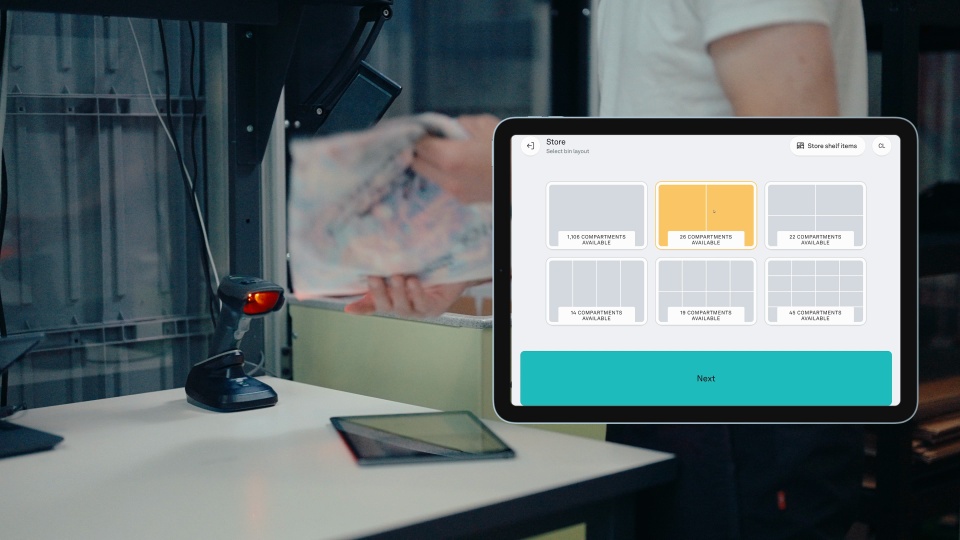NOTE: The information in this article is intended for internal partner training purposes only.
For external use, please refer to the approved materials provided to you — including our live, always up-to-date website, official sales collateral, or reach out to our BDM team for additional resources and demo support.
Pio gives customers flexibility. They can increase or decrease the number of robots on the grid as their needs change.
With Robots-as-a-Service, customers always have the capacity they need, since robots can be scaled up or down as their operations change.
How many robots to start with?
At Pio, we look at things differently than AutoStore’s enterprise approach. Instead of designing for the maximum possible throughput, we start with a simple question: What does an average workday look like?
The goal is to have enough robots to handle that day’s workload within normal working hours. That way, the return on investment (ROI) makes sense from the beginning.
Of course, no two days are the same. That’s why we use a few rule-of-thumb calculations to guide the starting point.
For a typical 80/20 operation on a P100 to P400 grid:
- 3 robots = 1,000 order lines (pick, pack and ship) from 1 port in 8 hours.
- This is a conservative estimate. In practice, we often see 3 robots achieve more than 1,000 order lines from 1 port in 8 hours.
- 3 robots gives a reasonable level of redundancy for systems with very low levels of throughput.
- Since robots handle more than just picking and packing, we use a factor of 2x. Example: 1,000 order lines becomes 500 order lines in practice.
Rough guide for a standard Pio operation
The table below gives a rough starting point for how many robots we usually recommend for a standard Pio operation.
If the workday is longer than 8 hours, then robot capacity may be reduced accordingly. However, a 3 robot minimum is recommended.
For the P600 and above, often there is a demand for higher throughput. The numbers above are still valid, but a safety margin of 1 - 2 robots should be added. For example, 3,000 average order lines per day on a P600 would mean a recommendation of 15 robots.
NOTE: The information in this article is intended for internal partner training purposes only.
For external use, please refer to the approved materials provided to you — including our live, always up-to-date website, official sales collateral, or reach out to our BDM team for additional resources and demo support.

